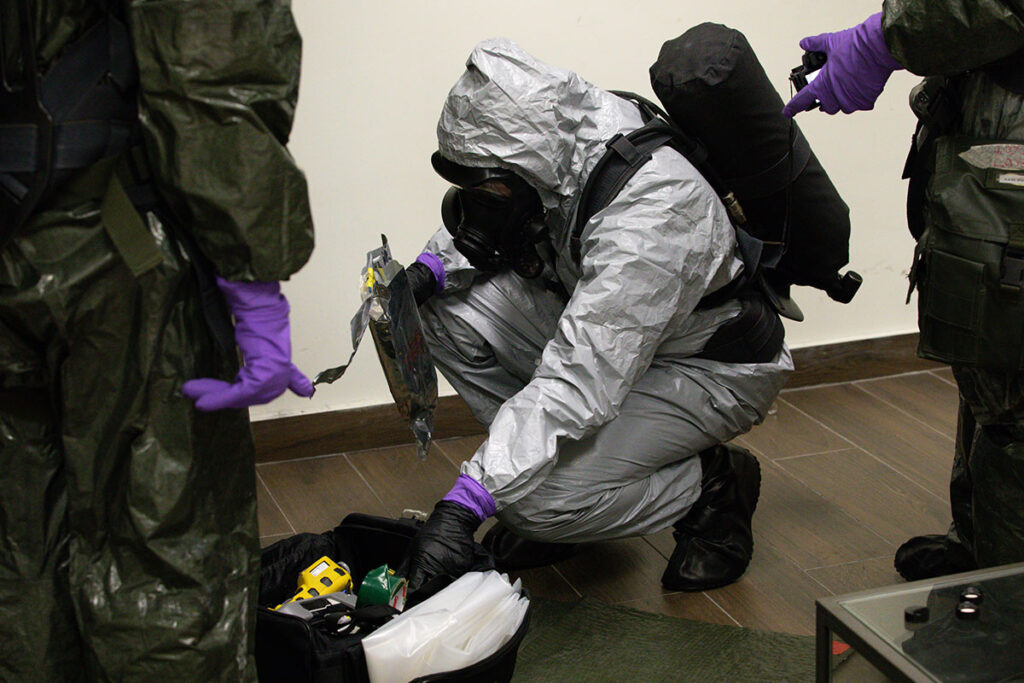The Federal Emergency Management Agency (FEMA) has initiated the process to update its Radiological Emergency Preparedness (REP) Program Manual, a cornerstone of national preparedness policy that guides how communities near nuclear power plants (NPPs) plan for, respond to, and recover from radiological emergencies.
In preparation for the 2027 update, FEMA is seeking public comments on the current 2023 version of the manual. The open comment period extends through September 30, 2025, offering a timely opportunity for stakeholders from across the emergency management and public health ecosystem to provide feedback that could shape the future of radiological preparedness in the United States.
A Vital Document for National Readiness
First established in response to the 1979 Three Mile Island nuclear accident, FEMA’s REP Program has evolved into a comprehensive framework for safeguarding communities within the emergency planning zones (EPZs) of commercial nuclear facilities.
The REP Program Manual, updated every four years, provides planning standards, training guidance, assessment methodologies, and evaluation criteria used by state, local, tribal, and territorial (SLTT) governments—also known as offsite response organizations (OROs)—to develop and maintain effective emergency plans and procedures.
The 2023 REP Program Manual reflects alignment with national preparedness doctrine, including Presidential Policy Directive 8 (PPD-8), the National Preparedness Goal (NPG), and frameworks like the Homeland Security Exercise and Evaluation Program (HSEEP). It incorporates both the technical and operational aspects of radiological preparedness, ranging from protective action guides and public alerting systems to dose assessment strategies and emergency worker safety standards.
Stakeholder Participation in the 2027 Update
FEMA is now calling on REP stakeholders—particularly Offsite Response Organizations (OROs), emergency managers, CBRNE defense planners, and public health officials—to review the 2023 manual and provide substantive input to inform the 2027 update. This participatory process is crucial to ensuring that the manual reflects not only current scientific and technical standards but also incorporates lessons learned from exercises, real-world incidents, and evolving threat environments.
FEMA notes that feedback from recent listening sessions on REP Program scenario guidance has already been captured, so those participants need not resubmit their input. A separate comment period for the draft 2027 manual is anticipated for summer 2027, with final publication expected by December 2027.
Protecting Public Health and the National Interest
While the REP Program Manual is a technical document, its impact reaches far beyond emergency managers. It underpins how communities prepare for some of the most complex and consequential hazards—those involving radiological releases from nuclear power plants. Robust offsite preparedness protects not only local populations but also critical infrastructure, agricultural production, and broader economic stability. In this sense, the REP Manual plays a quiet but essential role in national health security and public confidence.
Public engagement in the REP update process ensures that preparedness strategies remain equitable, evidence-based, and tailored to the real risks faced by diverse communities. As new technologies like small modular reactors (SMRs) and advanced nuclear designs come online, and as climate-related disruptions increase the risk of natural hazards intersecting with nuclear sites, a forward-looking REP Manual becomes a strategic national asset.
This is especially urgent in light of cuts by the Trump-Vance Administration to FEMA and related federal programs. Budget rollbacks and workforce reductions affecting FEMA, the Environmental Protection Agency (EPA), and the Department of Health and Human Services (HHS)—all critical players in radiological emergency response—threaten to undermine national readiness.
These reductions not only jeopardize interagency coordination but also increase the burden on state and local jurisdictions to maintain robust preparedness with fewer resources. Participating in FEMA’s public comment process is one of the most direct ways for professionals and the public to help sustain scientifically grounded policy and ensure that future guidance is responsive to real-world needs, not political pressure.
Looking Ahead
The REP Program will continue to evolve alongside emerging threats and innovations in radiological response. The 2023 Manual emphasizes data-driven decision-making, interagency coordination, and inclusive planning—all of which are vital to protecting public health in an increasingly interconnected risk landscape. The ongoing update process for the 2027 manual represents a key opportunity for the preparedness community to shape policy that will influence national readiness for years to come.
To learn more and submit comments on the 2023 REP Program Manual for consideration in the 2027 update, visit the FEMA REP Program Manual Public Comment Page.


